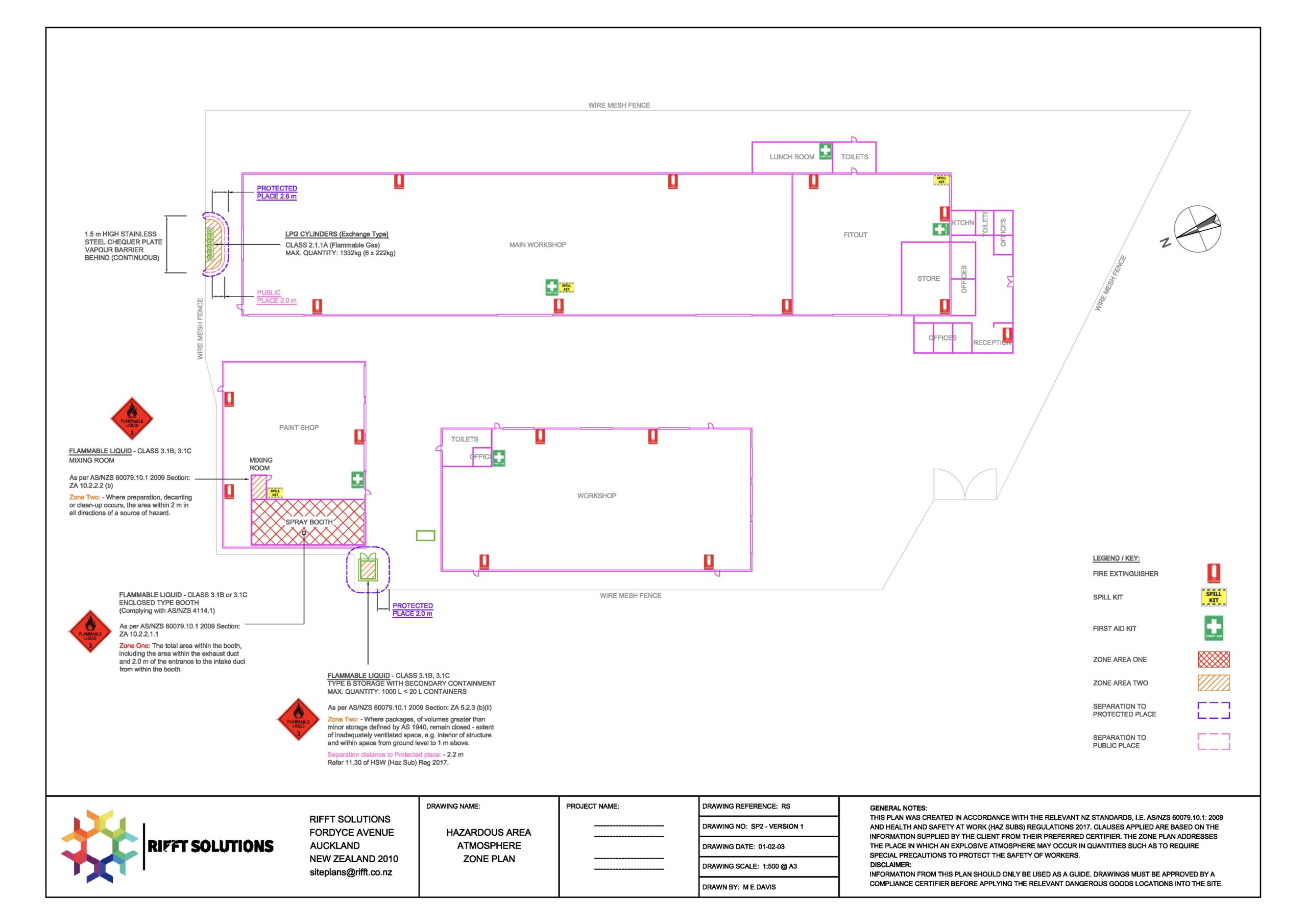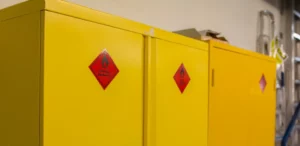The management of hazardous areas, particularly those with potential flammable atmospheres, is a critical concern in various industries such as oil and gas, chemical, and manufacturing. In New Zealand, the framework for handling such areas is defined by the Australian and New Zealand Standard, AS/NZS 60079.10.1:2009, entitled “Explosive atmospheres – Classification of areas – Explosive gas atmospheres.” This standard provides comprehensive guidance on classifying areas where a flammable atmosphere may be present and proposes the development of hazardous area atmosphere zone plans.
Hazardous Area Classification
Hazardous area classification is essential for determining the necessary precautions for preventing ignition sources in these areas. The AS/NZS 60079.10.1:2009 standard provides detailed guidelines on how to classify these areas. The classification divides these hazardous areas into three zones based on the probability of an explosive atmosphere’s occurrence:
- Zone 0: A place in which an explosive gas atmosphere is present continuously or for long periods.
- Zone 1: A place in which an explosive gas atmosphere is likely to occur in normal operation occasionally.
- Zone 2: A place in which an explosive gas atmosphere is not likely to occur in normal operation but, if it does occur, will persist for a short period only.
The standard further provides information on the appropriate equipment and protective systems to be used in each zone, aiding in safe operations within these zones.
Importance of Hazardous Area Atmosphere Zone Plans
The hazardous area atmosphere zone plans are vital for various reasons:
- Safety: The primary reason is to ensure the safety of personnel and property within these areas. Understanding the zones helps to implement the correct safety measures.
- Compliance: Developing and implementing a hazardous area zone plan helps businesses to comply with local and national safety regulations.
- Operational Efficiency: Having a clear understanding of the hazardous zones helps in planning and executing operational tasks effectively and safely.
Creating Hazardous Area Atmosphere Zone Plans
The process of creating hazardous area atmosphere zone plans involves a systematic approach:
- Identification: The first step involves identifying potential sources of release of flammable substances. This includes assessing all equipment, storage facilities, and operational processes.
- Classification: Based on the potential sources identified, the next step is to classify the areas into Zone 0, Zone 1, and Zone 2 following the AS/NZS 60079.10.1:2009 standard.
- Documentation: The classified zones should be documented in a clear and concise manner. The documentation should include a detailed description of the zones, their boundaries, reasons for the classification, and potential sources of release.
- Review: Regular reviews and updates of the hazardous area zone plans are necessary to reflect changes in processes, equipment, or the working environment.
- Training: Ensuring that all personnel are aware of the hazardous area zone plans and understand the precautions to be taken in each zone is crucial. Regular training should be conducted to keep everyone updated.
Conclusion
Hazardous area atmosphere zone plans, based on AS/NZS 60079.10.1:2009, are essential tools for managing the risks associated with explosive atmospheres in various industries. By systematically identifying, classifying, documenting, and reviewing hazardous areas, organizations can ensure safety, compliance, and operational efficiency.

